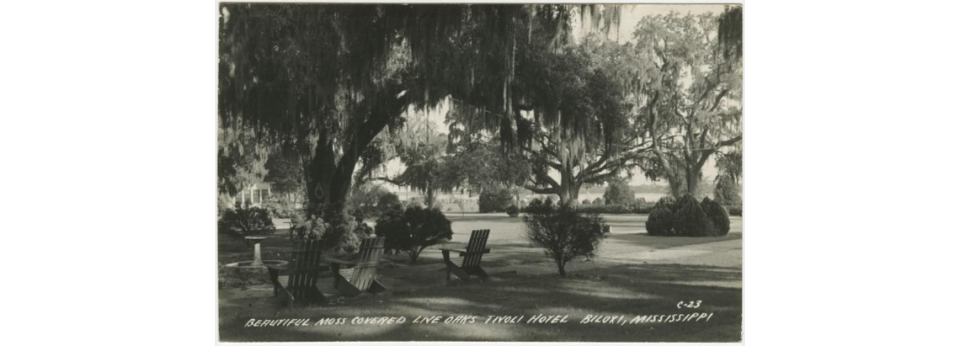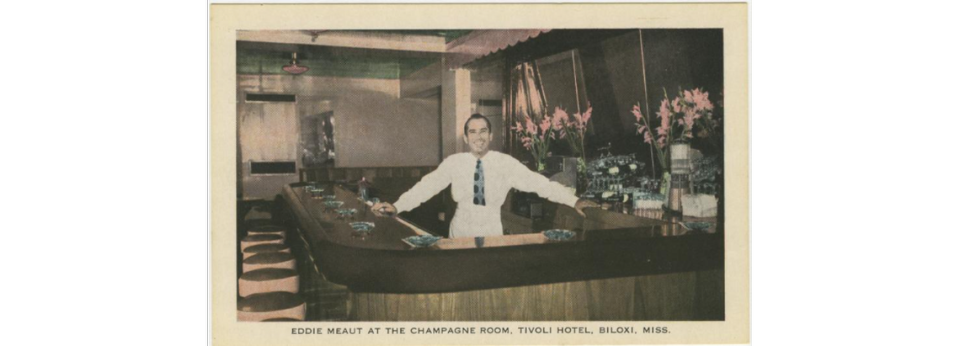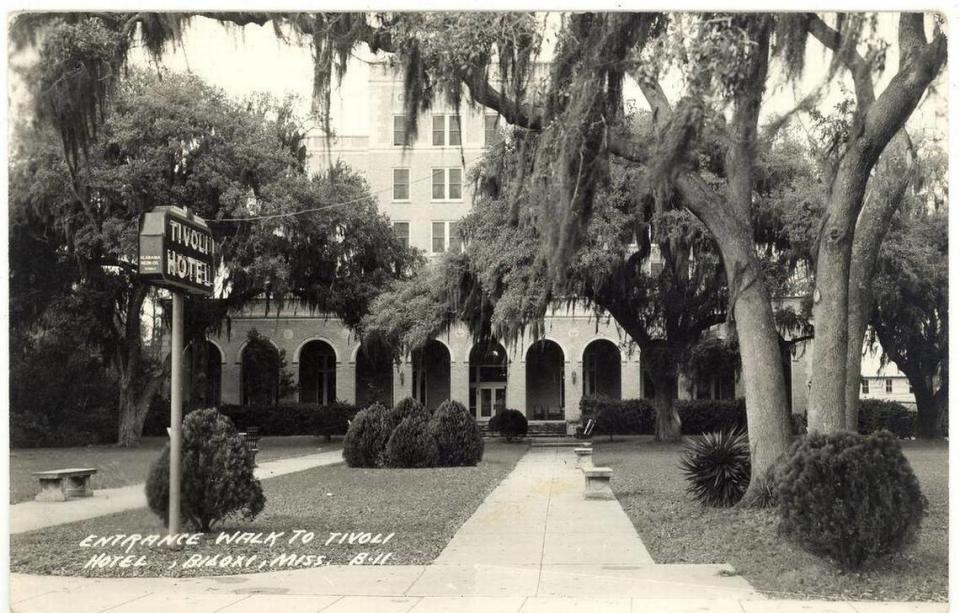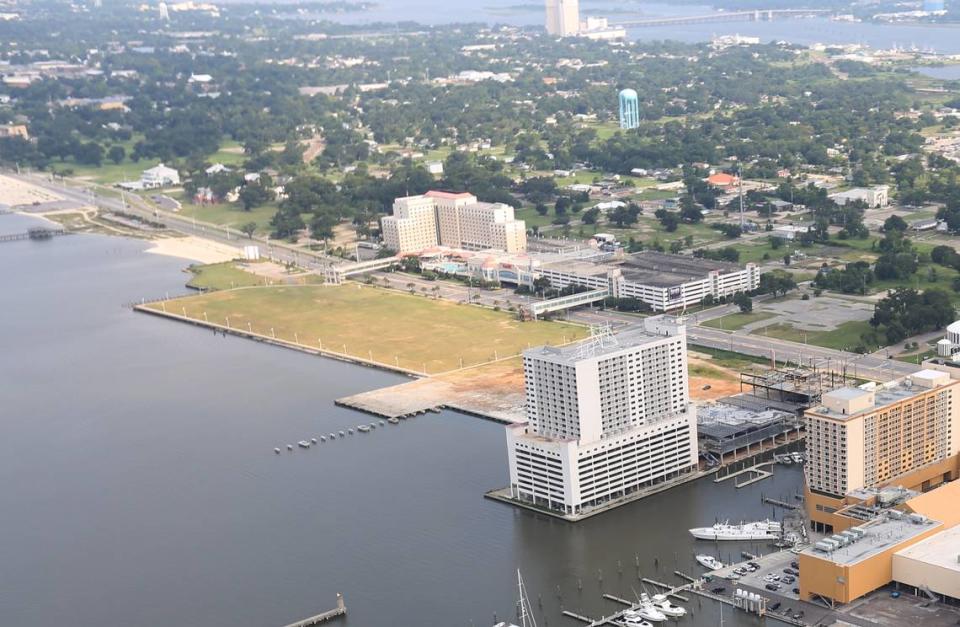The story behind the iconic Tivoli Hotel, Biloxi’s ‘Grand Lady among Gulf Coast hotels’
Once standing on Biloxi’s East Beach, the Tivoli Hotel was a symbol of luxury and relaxation during a time when gambling and prohibition was illegal on the coast.
The Tivoli Hotel was built between 1926-27 by local architect Carl E. Matthes,and was aesthetically unique among the Coastal Mississippi grand hotels of the era because of its Italian Renaissance Revival style. The grand opening was February 19, 1927, and the hotel featured six stories, 64 guest rooms, a grand lobby, a charming dining room, a champagne room and a ballroom.
The hotel was surrounded by several massive oak trees covered in Spanish moss and verdant gardens that provided a beautiful and shady view over the Mississippi Gulf. According to Preservation in Mississippi’s website, the dining room possessed a large mirrored marble overmantel, while the ballroom was adorned with plaster medallions and wrought iron railings.

Even at a time when gambling was illegal, several slot machines were placed in the lobby, attracting tourists seeking entertainment. This allowed the Tivoli, despite its more modest size and appearance, to compete with the larger hotels, such as Edgewater and the Buena Vista.
The Great Depression and World War II caused a sharp decline in the number of guests at the Tivoli, but it managed to survive. Nevertheless, many locals came to refer to it as the “Grand Lady among Gulf Coast hotels.”
In the 1950s, the Tivoli underwent several renovations, which expanded the guest suites before it re-emerged as the Trade Winds Hotel. For the next decade, Robert Mahoney managed the hotel before he and his wife, Mary, opened their famous Biloxi restaurant, Mary Mahoney’s, in 1964.

The Tivoli’s Slow Decline
However, stiff competition in the Gulf Coast hotel industry during the next two decades led to a decline in the Trade Wind’s fortunes. Hurricane Camille severely damaged the hotel in 1969 and subsequent repairs failed to restore it to its former glory. By the 1970s, it had descended into a state of disrepair, before becoming an apartment complex for short-term guests.
Some minor additions and renovations were attempted in the ‘80s, but the hotel had lost its original reputation and appeal. Meanwhile, a small motel was built nearby which was named “Little Tivoli.” The original Tivoli Hotel was listed on the National Register of Historic Places in 1984, as part of the “Historic Resources of Biloxi.”
The hotel’s owner, Jerry Kelly, attempted to sell the property throughout the ‘90s, but potential developers were hesitant to acquire the original structure. During this decade, the main hotel building closed its doors to the public for good, while the Trade Winds Office and other amenities became part of the Biloxi Yacht Club.

In 2003, the Mississippi Heritage Trust identified the Tivoli Hotel as one of the ten most endangered historical landmarks in Mississippi. A small glimmer of optimism emerged when Gulf Coast Investment Developers expressed interest in utilizing the original Tivoli as part of a larger residential complex.
In 2005, Hurricane Katrina would deliver a fatal blow, with its winds of 120 mph and 27-foot tidal surge. Several people living in the nearby Little Tivoli Motel attempted to take refuge in the old Tivoli Hotel during the storm. However, the Tivoli was badly flooded and a large casino barge slammed into the southeast corner of the structure, killing 8 people.
Following the storm, any plans to restore the Tivoli to its original state disappeared. The structure was demolished in May 2006.
In 2007, a $1 billion Tivoli Casino was proposed in East Biloxi but never built.
Biloxi Council later rezoned the property as waterfront, which is necessary if a casino is to be built there. It still would require site approval from the Mississippi Gaming Commission.
Once referred to as the “Grand Lady among Gulf Coast hotels,” the Tivoli Hotel now only exists in memory. A historical marker for the hotel is located at the intersection of East Beach Boulevard and Kuhn Street in Biloxi.


